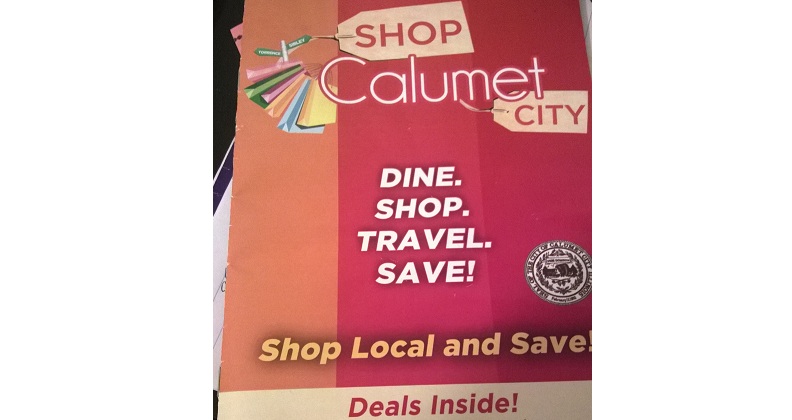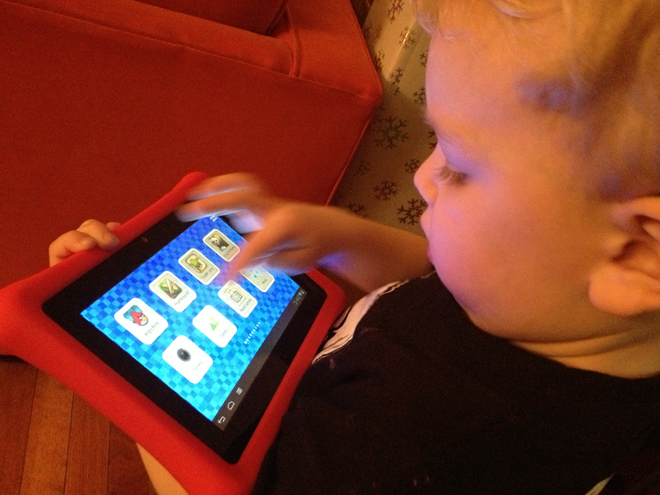Supporting our neighboring communities is a great idea. It’s just not the stated purpose of the Shop Calumet City program or this coupon booklet.
Says the Alderman Jones in the booklet,
“When you shop and support local businesses in Calumet City, there will be more dollars available for local school districts, more money to improve our roads and streets and more funding will be available for our parks and libraries.”
If we’re trying to encourage shopping in Calumet City stores, why is one of the twelve coupons in the booklet belong to a store based in Midlothian? Doesn’t that encourage people to spend money in a suburb other than Cal City?
Coupons are marketing devices. They can be a great way to generate interest in what a business has to offer and drive traffic to their locations.
Or they can go end up hidden at the bottom of kitchen drawers until spring cleaning time.
I applaud the 12 businesses that have coupons in this book for having the guts to take action to improve their business and participate building up the local economy. But to be frank, the decision-makers in these businesses should demand more from their marketing efforts.
Here are a few points worth noting about this coupon book:
- Again, 8.3% of the coupons direct shoppers to spend money outside of Calumet City
- Of the 12 coupons, eight of them are worth about $2. For example, a free McDouble with purchase of medium fry at McDonald’s or $2 off of a $20 dry cleaning order. In most cases, any resulting sale will probably be profitable, but how many sales will result from the distribution of these coupons?
- One of the more seemingly valuable coupons is $5 of free gasoline. That’s pretty hard to resist. BUT how much does it help the gas station? With the less-than-razor-thin profit margins on fuel, it’s practically impossible to recoup the value of the coupon on a gas-only purchase.
- What makes it even worse is that there’s almost no chance the customer who redeems the coupon will suddenly start buying their gas at that particular station. People buy gas a) at convenient locations or b) where it’s the cheapest. The coupon basically gives away gasoline for nothing in return (unless the driver buys snacks while getting their free fuel); it will not change buying behavior.
- For long-term economic impact, these coupons should include some way of building relationships with customers. The businesses should get these people’s contact information and follow up with them.
- They could offer bounceback coupons to turn one-time shoppers into customers (people who make it a custom/habit to buy from you).
———-
I don’t mean to “go negative” here. I really love this town and the people in it. I honestly want things to get better. Why should Orland or Tinley Park enjoy more prosperity than us?
What we need is not short-sighted marketing ploys created by government officials. We need gutsy, intelligent entrepreneurs to lead the charge to a better future.
Since when do entrepreneurs rely on the government, anyway?
P.S. Next time, we’ll talk about specific business growth methods entrepreneurs in our area can use to start building a better tomorrow for our community.







